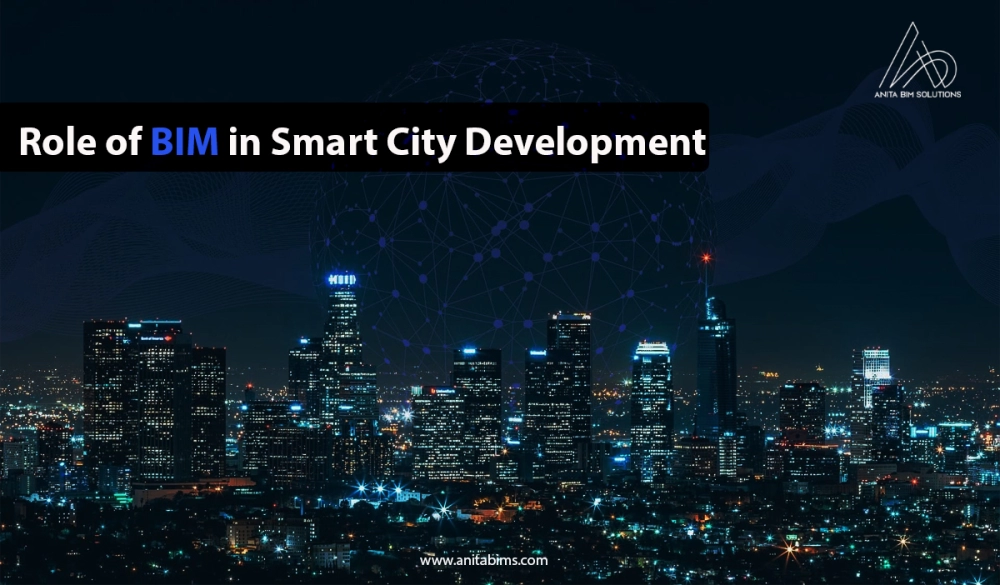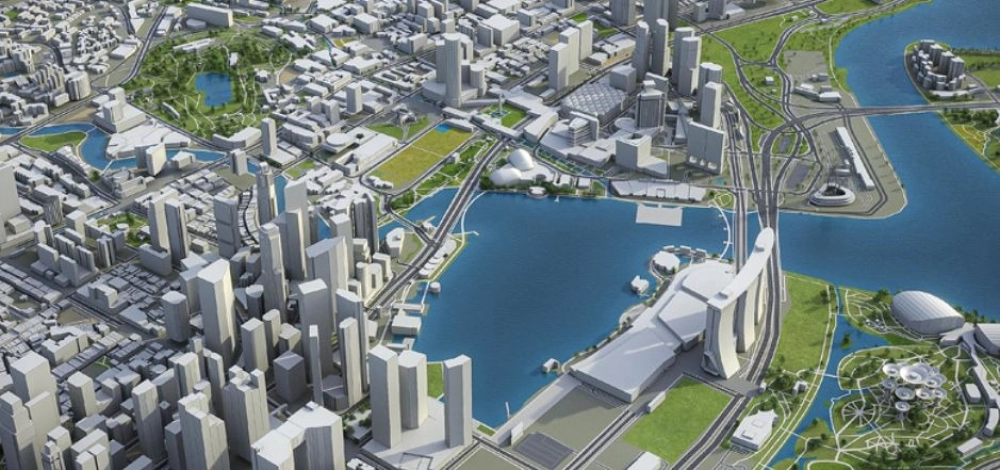

Building Information Modeling (BIM) is transforming how cities are planned, built, and managed, making it a key technology in developing smart cities. A smart city uses digital technologies to enhance the quality of life for its residents, optimize infrastructure, and manage resources efficiently. In this context, BIM integrates technology, infrastructure, and data management to bring cities to life, ensuring they are more sustainable, efficient, and connected.

Integration of Data: With BIM, city planners can create detailed digital models of the entire city or neighborhood. These models incorporate information on roads, buildings, utilities, and public spaces. By integrating this data, BIM helps planners analyze how new developments will impact traffic, the environment, and resources.
Simulations for Better Decisions: BIM allows simulations, such as predicting how a new building will affect sunlight or how traffic will flow in different scenarios. These simulations help make informed decisions that improve the city’s design and function.
Example: In Singapore, the government uses BIM to manage their 3D digital platform called "Virtual Singapore." This platform helps city planners visualize and simulate urban changes before they are implemented, allowing for better decision-making.

Efficient Resource Use: Smart cities need well-planned infrastructure. BIM helps optimize the design and construction of infrastructure like bridges, roads, and utility systems. With BIM, engineers can detect potential problems (e.g., utility clashes) early on, reducing costs and delays during construction.
Energy-Efficient Cities: BIM can model how buildings consume energy, helping cities plan for energy-efficient developments. This is crucial for reducing a city’s carbon footprint and promoting sustainability.
Example: In Barcelona, Spain, BIM plans and optimizes its smart city initiatives. The city uses BIM to monitor energy use in public buildings and infrastructure, reducing energy consumption and saving costs.

Data-Driven Decisions: BIM models are packed with data that can be used to manage a city’s infrastructure more effectively. For example, data on the materials used in buildings can help city managers maintain and repair structures more efficiently.
Collaboration Between Stakeholders: BIM promotes collaboration among architects, engineers, city planners, and government officials. All stakeholders can access the same up-to-date information, ensuring they are working towards the same goal.
Example: London’s Cross Rail Project, one of Europe’s largest infrastructure projects, used BIM to manage the entire lifecycle of the project. This helped integrate data from designers, contractors, and government bodies to ensure smooth planning and execution.

Facility Management: After construction, BIM models are used to manage buildings and infrastructure. This includes monitoring systems like water, electricity, and HVAC (heating, ventilation, and air conditioning). By having a digital record, maintenance teams can quickly access information on a building’s design and materials, making repairs more efficient.
Predictive Maintenance: BIM can be integrated with Internet of Things (IoT) devices, allowing city managers to monitor the real-time performance of infrastructure. This means they can predict when repairs are needed, preventing breakdowns and saving money.
Example: Amsterdam is using BIM and IoT for predictive maintenance of its bridges and canals. Sensors collect real-time data on the condition of the infrastructure, which is integrated with BIM models, allowing the city to schedule maintenance before problems occur.

BIM is playing a crucial role in making cities smarter by improving urban planning, optimizing infrastructure, enabling better data management, and streamlining maintenance. With cities around the world rapidly growing, BIM ensures that future urban development is efficient, sustainable, and technologically advanced. As smart cities continue to evolve, BIM will remain a central tool in shaping the cities of tomorrow.